Chinese cabbage is a cruciferous plant that is related to cabbage and broccoli. This is a vegetable whose name is very well deserved, because its home country is China, and in particular - the delta of the Yangtze River. There, it is cultivated since 1500. The Chinese are very familiar with its cultivation, but it is also grown in some European countries - Germany, Italy, Netherlands, Spain, Austria. A cabbage weighs on average 400 g to 1 kg.
Composition of Chinese cabbage
In 100 g Chinese cabbage are contained 1.5 g protein, 13 calories, 1 g fiber, 0.2 g fat and 2.2 g of carbohydrates. Chinese cabbage is rich in vitamin A, B and C and the minerals calcium, potassium, iron, phosphorous and magnesium. It contains beta-carotene and vitamin K.
Types of Chinese cabbage
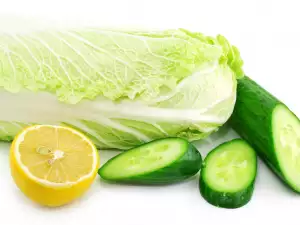
Chinese cabbage is divided into two types - Beijing Cabbage /Brassica pekinensis/ and Chinese cabbage /Brasicca chinensis/.
Beijing cabbage has a dense rosette and is upright, reaching a diameter of 30 cm to 60 leaves are light or dark green, hairy to varying degrees. Peking cabbage sprouts taste very good. Beijing cabbage is not frost-hardy and is highly sensitive to moisture. It forms a rosette or cabbage shrinks - more elongated or rounded.
Chinese cabbage also forms face rosettes, but they are much smaller than those of Beijing cabbage - diameter from 20 to 40 cm, the leaves of Chinese cabbage are hairy. They are smooth or edromehurotypal with gray-green or blue-green decorations.
Chinese cabbages require high soil and air humidity, cool climate and fertile structural soil. They do not tolerate high temperatures and sudden temperature changes.
Selection and storage of Chinese cabbage
When choosing a Chinese cabbage, it should be noted that the list must be fresh and clean, healthy heads are without tanning or spots on the leaves. It is also necessary to look at the center of the rosette for assurance that it is not decaying.
For proper storage of Chinese cabbage, it needed to be washed, placed in a plastic bag and put in the fridge. Optimum storage conditions are 32 degrees Fahrenheit and 95 percent relative humidity.
Cooking Chinese cabbage

Chinese cabbage has a very pleasant aroma and taste. Both, raw in salads or cooked in various ways. It is used in a number of main dishes and salads. Combines well with corn, tomatoes, carrots, peppers, eggs and some types of hard cheese.
To the west, Chinese cabbage is combined with fruit - apples, pineapples, tangerines and oranges. In Asian cuisine, this cabbage is combined with ginger, soy sauce and chili.
Chinese cabbage has a number of advantages over other types of sprouts. The most important of them is that they melt very quickly - ready in just 10-15 minutes, so it is preferred for faster cooking. Preparation means to clean wilted or damaged leaves and the stem is cut. For salads and cooking, it is usually cut into strips.
Benefits of Chinese cabbage
Chinese cabbage is a diet vegetable and is very useful in cardiovascular disease. It removes fever and inflammation, infections and sore throats. Regular consumption helps to improve digestion and urination.
It is believed that Chinese cabbage activates the brain and strengthens the kidneys. Helps with coughs and infections of the eyes, and regular consumption of cabbage prevents cancer.
Chinese cabbage can be used for stomach ulcers, vitamin deficiency, anemia and increase immunity. Chinese doctors believe that it purifies the blood and helps n an active and fulfilling lifestyle.
Chinese cabbage is great, especially healthy addition to any diet. It contains very few calories - only 9 in a bowl.
Dangers of Chinese cabbage
Chinese cabbage contains glucosinolates. In small amounts, they are useful, but in large doses- toxic. Milder symptoms of consumption of cabbage may include nausea and dizziness, digestive problems in people who have a weak stomach. Sometimes the side effects of consuming cabbage with improper preparation are unpleasant.
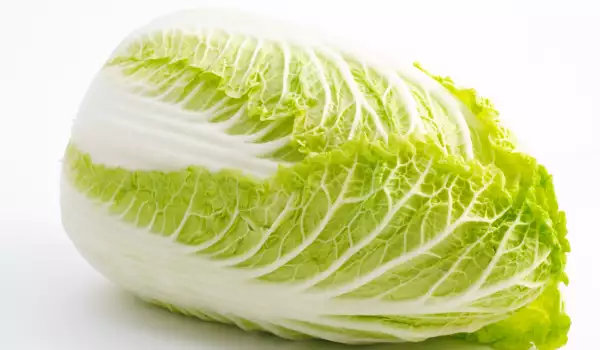
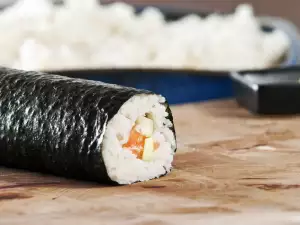
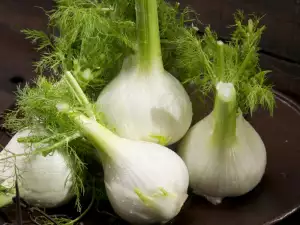
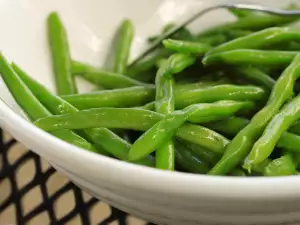
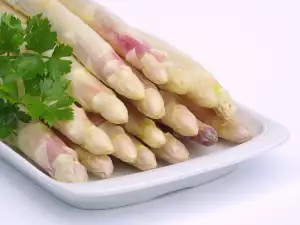

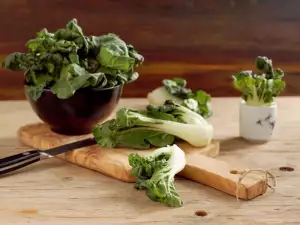


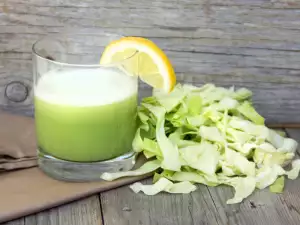
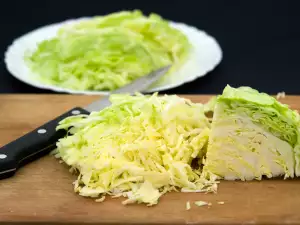
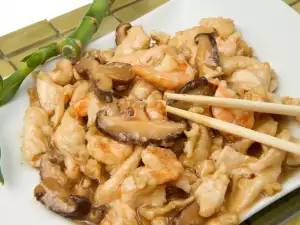
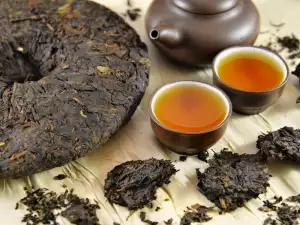
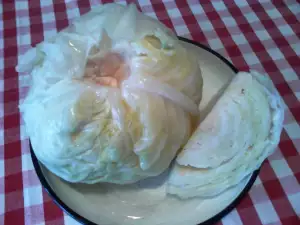
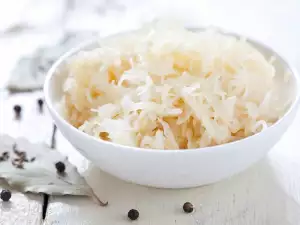




Comments